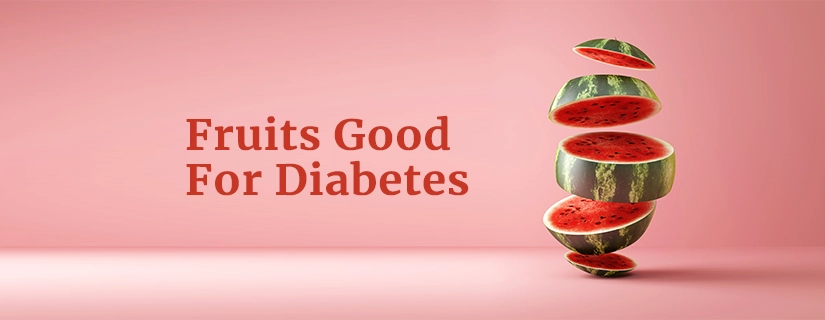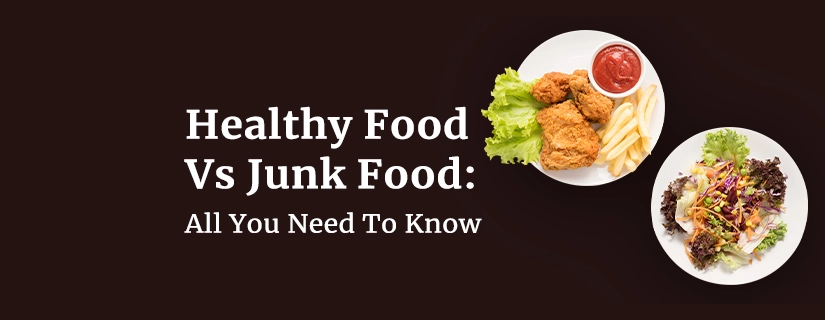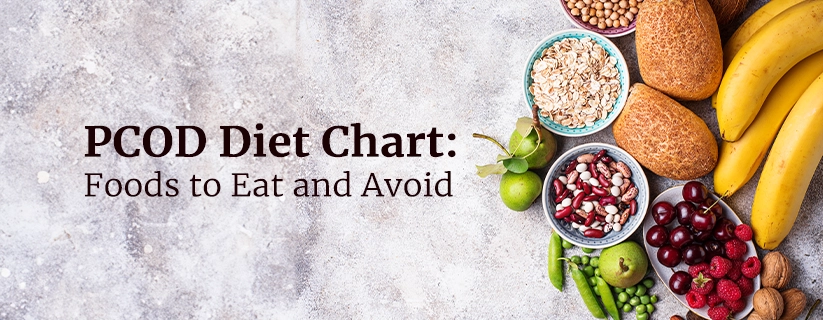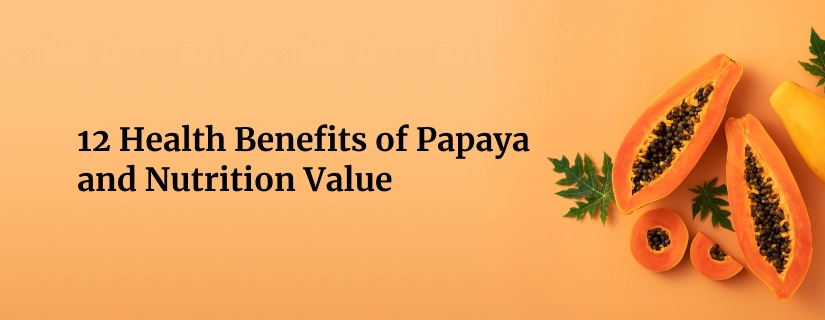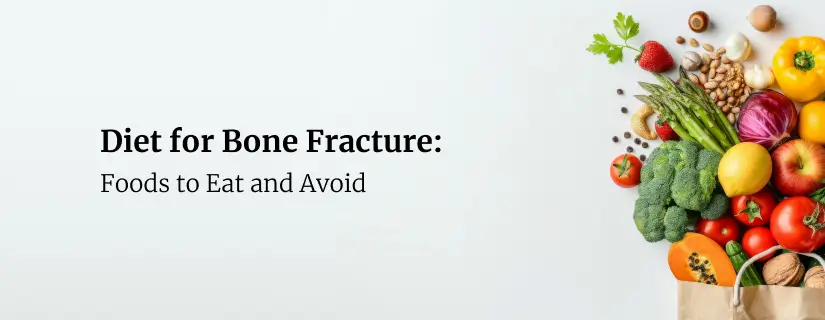-
Doctors
-
Specialities & Treatments
Centre of Excellence
Specialties
Treatments and Procedures
Hospitals & Directions HyderabadCARE Hospitals, Banjara Hills CARE Outpatient Centre, Banjara Hills CARE Hospitals, HITEC City CARE Hospitals, Nampally Gurunanak CARE Hospitals, Musheerabad CARE Hospitals Outpatient Centre, HITEC City CARE Hospitals, Malakpet
HyderabadCARE Hospitals, Banjara Hills CARE Outpatient Centre, Banjara Hills CARE Hospitals, HITEC City CARE Hospitals, Nampally Gurunanak CARE Hospitals, Musheerabad CARE Hospitals Outpatient Centre, HITEC City CARE Hospitals, Malakpet Raipur
Raipur
 Bhubaneswar
Bhubaneswar Visakhapatnam
Visakhapatnam
 Nagpur
Nagpur
 Indore
Indore
 Chh. Sambhajinagar
Chh. SambhajinagarClinics & Medical Centers
Book an AppointmentContact Us
Online Lab Reports
Book an Appointment
Consult Super-Specialist Doctors at CARE Hospitals
Fortified Food: Nutrient Enrich Foods and Health Benefits
Updated on 13 October 2023

The growth and development of the human being depend heavily on vitamins and micronutrients. Despite making up a relatively modest portion of our diet, their absence contributes to underdevelopment and a number of diseases.
More than three out of ten individuals worldwide experience vitamin and micronutrient deficiencies. Vitamin A, vitamin B12, vitamin D, iodine, iron, and folic acid are the nutrients that Indians seem to lack most of the time. Fortified foods first appeared on the market in the 1930s to reduce the lack of micronutrients. They were created to increase dietary intake of vitamins and minerals from commonly consumed foods like milk, cereals, bread, etc.
What are Fortified Foods?
Foods that contain additional nutrients that aren't naturally present in them are referred to as fortified. These foods are aimed to boost nutrition and provide additional health advantages. For instance, fruit juices may include calcium, and milk is frequently fortified with vitamin D. An enhanced food is one that has had nutrients that were removed during manufacturing and put back in.
Many enhanced grains are refined grains. For instance, following processing, folic acid and iron may be reintroduced back into wheat flour. This is done to replenish the vitamin levels to their natural state and process these fortified foods with iron.
Why are Foods Fortified?
Fortified foods serve an important function in helping to cover the gap in nutrient inadequacies, notably for children, pregnant or breastfeeding women, persons on calorie-restricted diets, and maybe even people following vegetarian or vegan diets if they are not carefully managed. Food "analogues" that have been fortified with essential vitamins and minerals, like plant-based milk or meat substitutes, more closely seem like the nutrient profile of their usual dietary counterparts. They also help to ensure people are not depriving themselves of vital nutrients because they prefer or need these foods. Fortified foods are also used to replenish vitamins and minerals that may have been lost during preparation, handling, or storage.
List of Common Fortified Foods
Foods that have been fortified are a great approach to increase the consumption of important vitamins and minerals among the general population since they are readily available, affordable, and consumed on a daily basis. The following nutrients are typically added to different types of fortified food by food manufacturers:
- Vitamin A
- Vitamin D
- Vitamin B6
- Dietary fibres
- Calcium
- Iodized salt
- Magnesium
- Folate
Here are a few fortified food examples:
- Milk products that have been fortified with calcium and vitamin D
- A variety of staple foods, such as wheat flour, rice, maize, and cassava
- Breakfast cereals
- Whole grains
- Vegetable oils
- Almond milk and other milk alternatives
- Egg
- Fruit juice
- Sugar
- Iodized or double-fortified salt
- Unflavoured yoghurt
- Ice creams
The above-mentioned fortified foods list contains some of the most common food items available today. Now, let’s understand their health benefits.
Health Benefits of Fortified Foods
Benefits of the best Fortified Foods
These are some of the benefits of the best-fortified foods:
Preventing Diseases by Addressing Inadequacies: In rare circumstances, nutritional deficiencies might result in poor health. For this reason, certain governments ensure that a specific food is fortified.
- Addressing Nutritional Needs: Foods that have been fortified can be especially beneficial for those on restrictive diets. This kind of diet may be an option or a strategy to treat a disease or allergy. Some vegetarian and vegan diets, for instance, lack essential vitamins, such as B12. In these situations, fortified plant-based milk, cereals, and spreads containing the vitamin might be a smart choice.
- Children's Growth and Development: Getting adequate nutrition is essential for children since their bodies are still developing. Iron, zinc, and vitamin D deficits are just a few of the nutrients that can prevent growth and result in lasting issues. Along with a balanced diet, fortified foods can help meet kids' nutritional needs.
- Protect Older Adults: Our body is less able to absorb vitamins and minerals as we become older. In order to maintain strong bones, support digestion, and ward against cardiac problems, fortified meals can help maintain optimum micronutrient levels.
- Helpful in Pregnancy: Women who are pregnant require more food than usual since they are also nourishing a developing child. They cannot consume enough vitamins even when they eat more. The void can be filled if they include or eat fortified foods in their meals. Folic acid, for instance, is a component of many fortified goods. The risk of birth abnormalities is decreased when pregnant women consume adequate folic acid in their diet.
What are the Disadvantages of Fortified Foods?
Fortified or enhanced meals might be beneficial in some situations. They can fill in the gaps and raise vitamin and mineral intake for a specific nutrient that would otherwise be below the prescribed amount. However, it's equally simple to overindulge. These foods may lead to nutritional overload.
The fortified food has a few restrictions, including the following:
- Overdosing on nutrients may occur if fortified meals are eaten alongside unprocessed foods.
- Low nutrition might result from a diet that excludes fruits and vegetables and only consumes fortified foods. Antioxidants and bioactive substances derived from plants are found in unprocessed meals, and they shield us from a number of chronic illnesses and inflammatory ailments.
- Compared to whole foods, fortified foods have more calories. As a result, processed fortified foods can cause binge eating and impede weight loss.
Conclusion
In general, fortified foods may be a valuable addition to make your daily diet healthy. They may be a risk-free strategy to assist in enhancing your wellness. While enhanced and fortified foods can undoubtedly complement a balanced diet, they do not constitute a sufficient source of nutrition. The necessity to consume a balanced, diversified diet rich in veggies and other whole foods still exists.

ENQUIRY FORM
SELECT CATEGORIES
-
Neurosciences (16)
-
Neurology (37)
-
Neurosurgery (14)
-
Orthopaedics (48)
-
Oncology (33)
-
Obstetrics and gynecology (52)
-
Pulmonology (23)
-
Urology (20)
-
Nephrology (13)
-
Psychiatry (7)
-
Dietetics and Nutrition (111)
-
General Medicine (63)
-
Cardiac Sciences (32)
-
Vascular & Endovascular Surgery and Interventional Radiology (15)
-
Gastroenterology (46)
-
Endocrinology (23)
-
Plastic Surgery (10)
-
Critical Care Medicine (5)
-
COVID-19 (16)
-
Dermatology (16)
-
Emergency Care (1)
-
Ophthalmology (4)
-
Pediatrics (14)
-
Laparoscopic and Bariatric Surgery (8)
-
ENT (15)
-
Kidney Transplant (1)
-
Liver Transplantation and Hepatobiliary Surgery (5)
-
General Surgery (3)
-
Internal Medicine (5)
-
Medicine Information
12 Amazing Health Benefits of Lychee
12 Health Benefits of Drumstick Leaves
YOU MAY ALSO LIKE
RECENT BLOGS
-

Preterm Birth (Premature Birth): Symptoms, Causes, Treatment and Prevention
13 May 2025
Read More
-

Rotablation Angioplasty: Benefits, Treatments, And Recovery Time
9 May 2025
Read More
-
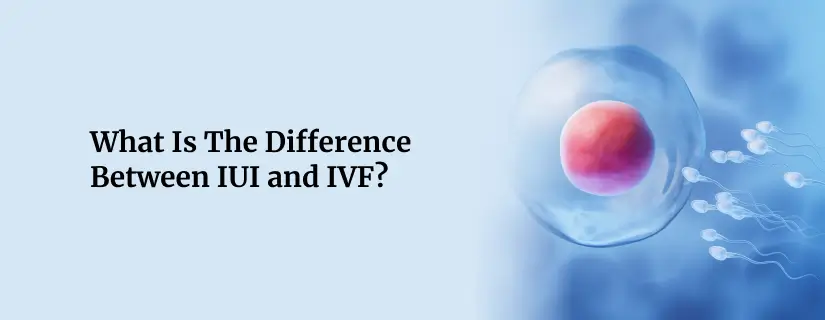
What Is The Difference Between IUI and IVF?
9 May 2025
Read More
-

Venous Malformations: Causes, Symptoms, and Treatment
30 April 2025
Read More
-

Varicose Vein Foam Sclerotherapy: Treatment, Benefits, and Procedure
30 April 2025
Read More
-

Radiofrequency (RF) Ablation Treatment for Varicose Veins: Know More
30 April 2025
Read More
-

Varicose Vein Sclerotherapy: Treatment, Benefits, and Procedure
30 April 2025
Read More
-

Varicose Vein Endovenous Laser Ablation: Procedure, Benefits, Risks
30 April 2025
Read More
Have a Question?
If you cannot find answers to your queries, please fill out the enquiry form or call the number below. We will contact you shortly.































